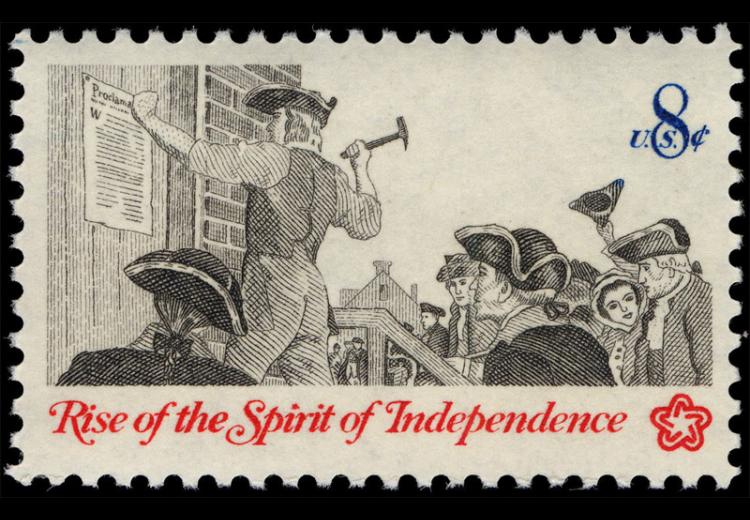Colonial Broadsides and the American Revolution

The 8-cent Posting Broadside commemorative stamp was first placed on sale at Atlantic City, New Jersey, on April 13, 1973.
Gutenberg printed his first in 1454. They are still printed today. They are broadsides: notices written on disposable, single sheets of paper printed on one side only, intended to have an immediate impact on readers.
Broadsides did have an impact in colonial America. They delivered the latest news and much more: government proclamations, public service announcements, opinion papers, advertisements, and entertainment updates. Broadsides address virtually every aspect of the American Revolution, providing a wide range of suitable classroom topics. In this lesson, students will use the resources of the Library of Congress's Printed Ephemera Collection to experience the news as the colonists heard it.
Note: Culminate your study of events leading to the American Revolution in the complementary EDSITEment lesson, Colonial Broadsides: A Student-Created Play.
Guiding Questions
In what ways can you connect broadsides to events leading to the American Revolution?
What various attitudes and political positions are revealed in the broadsides?
What role did communication and information technology play during the American Revolution?
Learning Objectives
Analyze the causes and effects of important events leading to the American Revolution.
Examine the connections between broadsides and the American Revolution.
Evaluate the significance of communication and information technology during the American Revolution.
